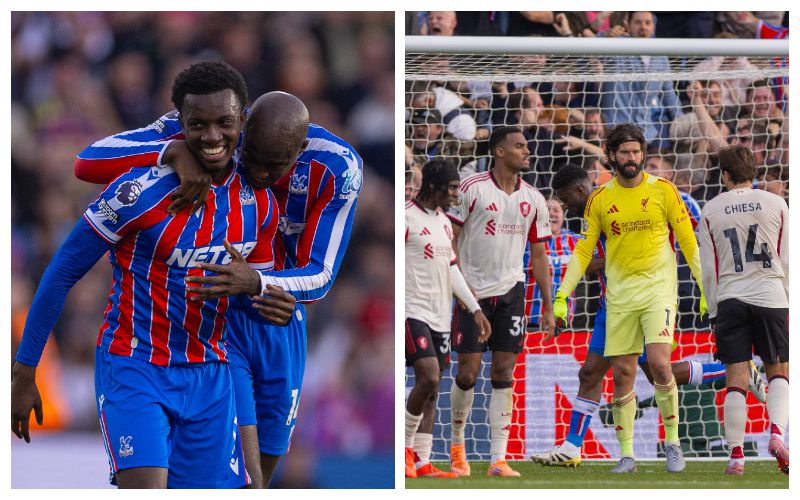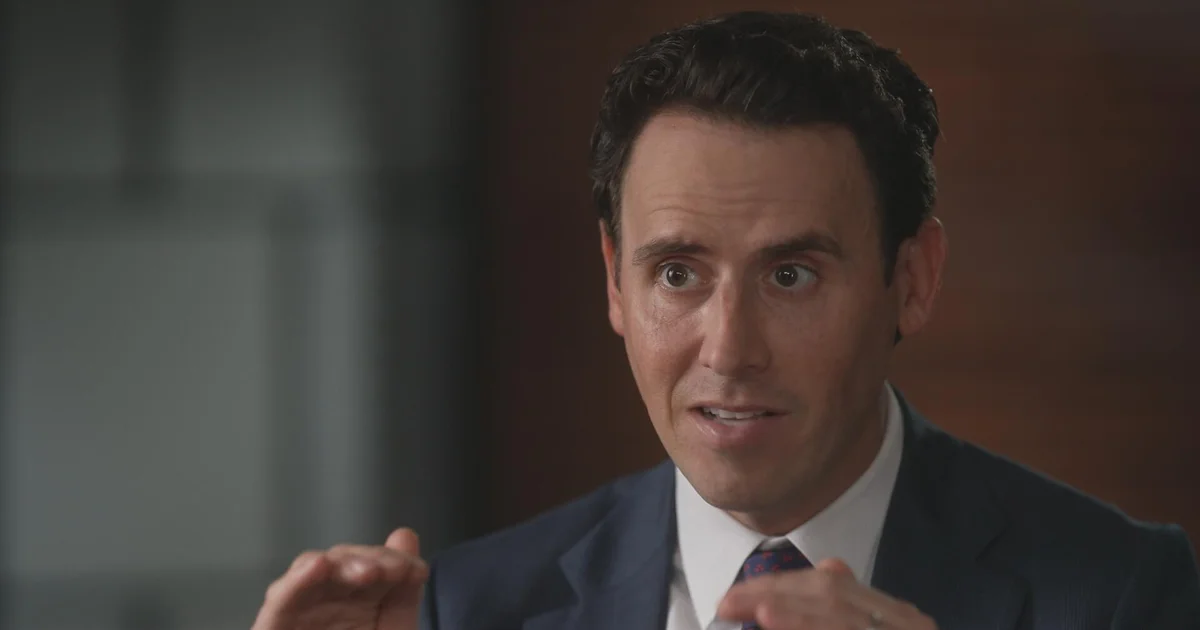Copyright dailyrecord

Big news on a potential ban for dazzling headlights could be imminent as a major study is set to report back. The Department for Transport has commissioned a study into the impact of LED headlights on road safety, with some drivers refusing to go out at night because of being constantly unable to see. UK motorists might soon see significant changes to driving conditions as potential changes to regulations regarding “dazzling” headlights are on the horizon. The Government was poised to unveil the findings of a study examining LEDs and road safety this summer and it is thought the delayed report might be released soon. The study involved the Royal College of Optometrists which is concerned at the potential dangers. It has said: “Headlight glare is a modern-day problem that results in many drivers, particularly older drivers, refraining from driving in the dark due to safety concerns. “The government has commissioned much needed research into the causes of night-time headlight glare, after the College and other supporters have been campaigning to tackle the issue.” Today the DfT said: ““We know headlight glare is frustrating for many drivers, especially as the evenings get darker. That’s why we commissioned independent research to better understand the causes and impact of glare, which will inform new measures in the upcoming Road Safety Strategy. “Alongside this, DVSA has stepped up surveillance to intercept the sale of illegal retrofit headlamp bulbs for on-road use, and anyone caught could face a fine of up to £1000.” In October last year the Government commissioned some initial independent real-world research to better understand the causes of headlamp glare, the research is due to be published in the ‘coming weeks’. The DfT said it was a 'complex issue', and said it plans to build on this work with further targeted vehicle-based research to help inform future international lighting regulations. The DfT said: “We are preparing to introduce the first road safety strategy in over a decade, and we will set out the next steps in due course.” The investigation follows a survey from late 2023, which revealed that approximately 90 per cent of UK drivers have voiced concerns over the excessive brightness of modern car headlights. The research aims to scrutinise the elements contributing to headlight glare and assess possible measures to mitigate the blinding effect on drivers. Previously, future roads minister Lilian Greenwood acknowledged the ongoing research, stating it was “due to deliver in summer 2025”. This timeline has been corroborated by a recent update on the UK Parliament website. Ms Greenwood said earlier this year in an answer to a written Parliamentary question: “The lighting of road vehicles is regulated by the Road Vehicles Lighting Regulations 1989 as amended (RVLR). It is illegal to sell unapproved LED light sources for use in modern car, truck and bus headlamps. Changes were made to the MOT manual to align with the requirements of the RVLR to ensure that modern vehicles fitted with unapproved light sources fitted will fail the MOT. “Furthermore, the Government recognises the increased public concern around headlamp glare and has commissioned independent research to understand the causes. Careful consideration will be given to that work when it reports later this year to determine what future actions may be appropriate to ensure the safety of all road users.” The topic has also caught the attention of the United Nations international group specialising in vehicular lighting, with further steps anticipated to be enacted by September 2027. A study by the RAC in December 2023 revealed that a staggering 85 percent of motorists hold the opinion that the issue of dazzling headlights is escalating. The poll, involving 2,000 drivers, discovered that 89 percent believe at least some car headlights are “too bright”, within which 28 percent consider “most are”. Amongst those affected by bright headlights, a whopping 91 per cent said they felt “dazzled” behind the wheel, with 74 per cent facing it “regularly”. Moreover, 64 per cent said they feared bright lights could lead to accidents. Five per cent of these individuals disclosed near misses due to headlight glare. Another seven per cent admitted the glare was so severe they avoided nocturnal driving, and this figure jumps to 14 per cent among drivers aged 65 and above. The Department for Transport maintains records of incidents where police have cited “dazzling headlights” as a contributing element to roadway accidents. Over 10 years, statistics indicate that the most accident-prone year was 2013 with 369 collisions, while the count dipped to its lowest in 2020 at 196, doubtlessly affected by the Covid restrictions. LED (light emitting diode) headlights are considerably more luminous than conventional halogen bulbs. The situation is exacerbated if the headlights are not correctly aligned, and with the growing trend of higher vehicles such as SUVs, which can aim the light beam directly into the eyes of drivers in smaller cars.



